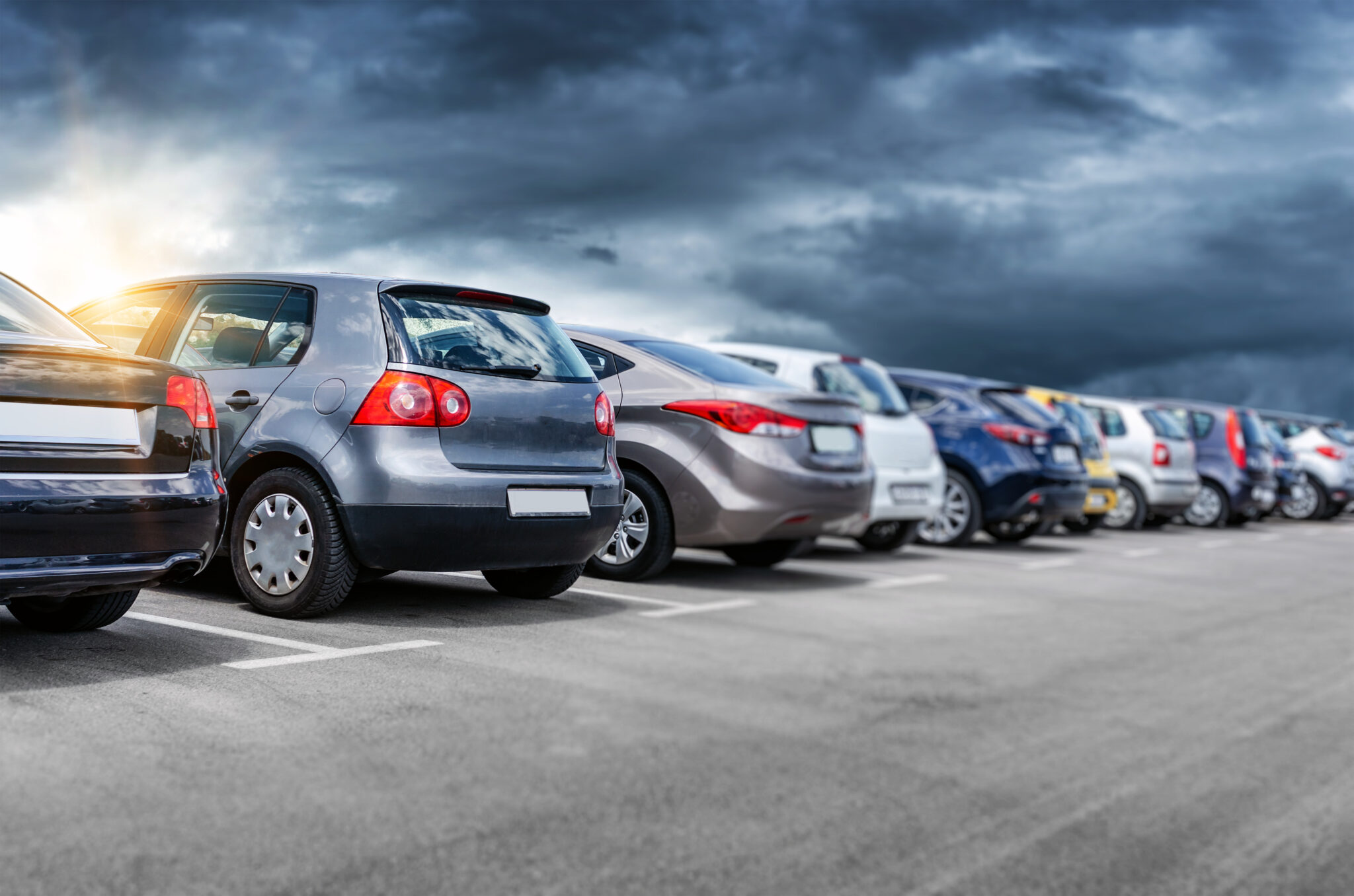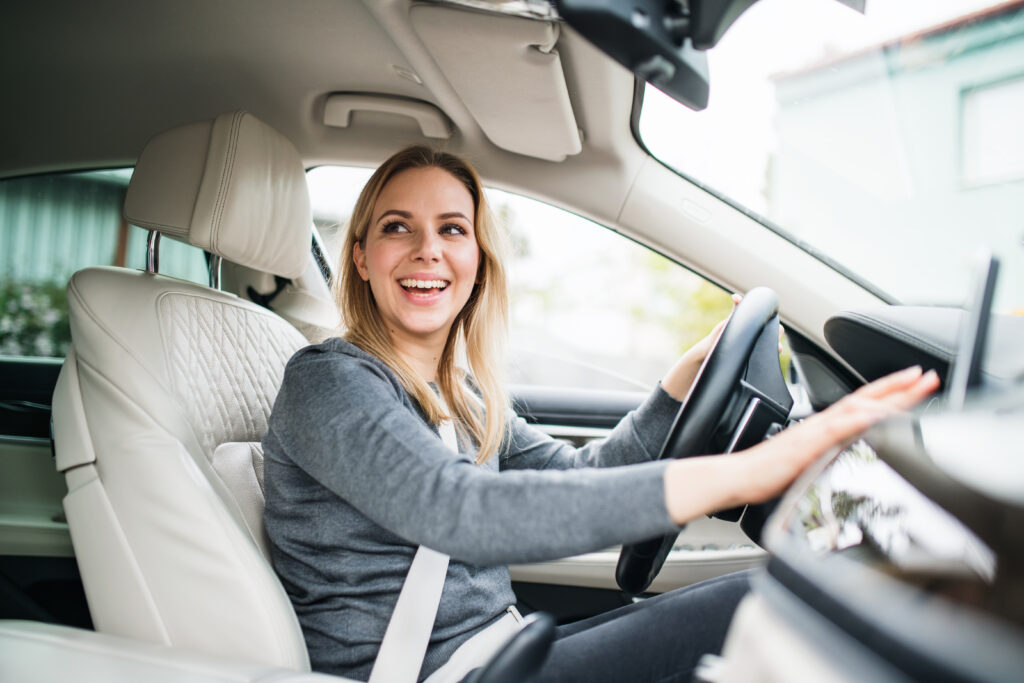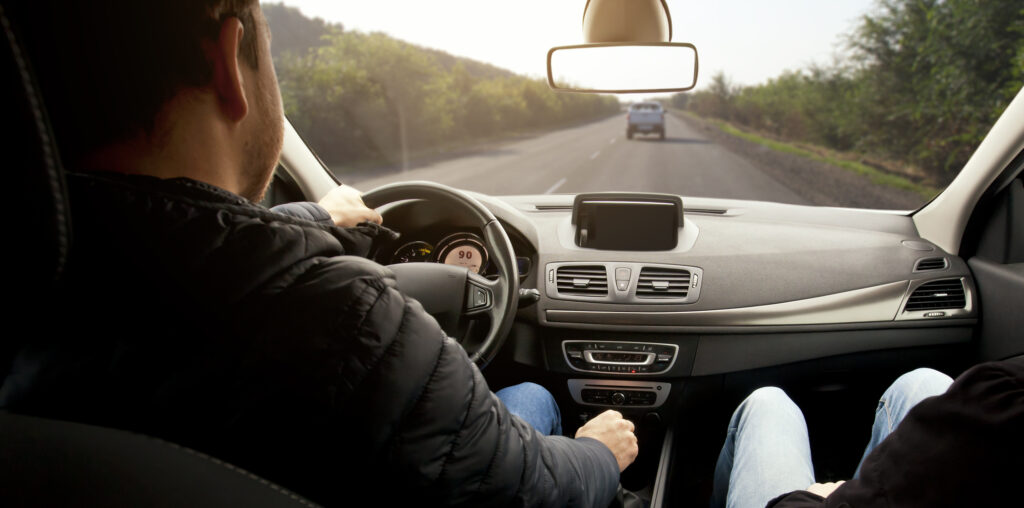This may come as no surprise, but your car’s make and model affect your auto insurance rates. Some attract riskier drivers. And some protect their occupants better than others in an accident. These are only a few of the reasons why one vehicle might cost more or less to cover regardless of who’s driving
In this article, we’ll explore how your car’s make and model can affect your premium. We’ll tell you about the different types of vehicles that you can buy and why some cost more to insure than others. This includes taking a look at what details insurance companies consider when it comes to what you drive. Finally, this article will have answers to a few common questions about this rate factor.
Different Body Types of Cars
Vehicle body type is an important detail that insurers consider. There are several different body types. Some are safer, while others could be more dangerous or difficult to drive. Either way, vehicle body type is another way your car affects rates.
Here are the main vehicle body types that you’ll encounter:
Sedan
A sedan has four doors. It also has a standard trunk that you’ll find on most models. Sedans can range from large (longer) to smaller, more compact-sized cars. The size of a sedan will depend on the manufacturer and what options they offer.
Coupe
A coupe refers to a two-door vehicle. Like the sedan, coupes normally have a regular trunk at the rear. Not to be confused with convertibles, coupes have a normal, solid roof.
Hatchback
A hatchback is similar to a sedan, but it has a larger cargo area with a hatch that extends upwards. Hatchbacks are normally smaller and more compact than regular sedans.
Station Wagon
Station wagons are similar in size to sedans, but they have a hatch on the back. This allows for more cargo and storage space in the back of the car. At times, drivers can remove seats or flip them down to allow for even more storage in the rear of the vehicle.
Convertible
Convertibles are passenger cars, like sedans or coupes, that don’t have a solid roof. Most times, there’s a retractable roof in place that allows people to drive with or without a roof. The retractable roof is usually of a cloth or fabric material.
Minivan
The minivan is built to haul a bunch of people around. Minivans usually have sliding doors on either side of the car. These doors allow for easy access in and out of the vehicle. They also have a hatch on the back that opens up. This provides more storage space.
Sports Utility Vehicle (SUV)
An SUV or crossover is a four-door vehicle that’s able to handle several types of terrain. SUVs also have a hatch that provides more storage space for drivers. They tend to ride higher off the ground, which can cause them to roll over more easily if you take a turn too sharply.
Pickup Truck
Pickup trucks are two- or four-door vehicles that have a bed on the back. The bed allows for extra storage to haul around large objects. Trucks are typically powerful vehicles that can handle several types of terrains. A truck can also tow trailers and other objects because it’s powerful enough to do so.
New Cars Cost More to Insure
Whether or not your vehicle is new also affects rates. Newer cars tend to come with higher price tags than used ones. This makes them more expensive to repair or replace. Insurers will likely note this detail and price your rates accordingly. The value of your vehicle may also encourage criminals to steal it. In short, newer model vehicles are a higher risk to your insurance carrier because they’re more expensive and valuable.
Something else you should consider is that financing a new car will mean you’ll need to buy more coverage. Your money lender will likely require you to carry collision and comprehensive on your policy. This is on top of your state’s minimum requirements. This is a sneaky way that buying a new vehicle can raise your rates.
There are also ways a new automobile purchase helps lower your rates. As you’ll see later in the article, newer model vehicles typically come with plenty of safety features that can help save you money. There may also be discounts available from your insurer if you buy a new car.
Used Cars are Cheaper to Insure
Used cars are cheaper to insure because they cost less to repair and replace than new ones. But if you’re buying a used vehicle, you need to know what you’re getting. Be sure to inspect it and find out if it has a rebuilt title because full coverage for these vehicles usually isn’t an option.
Car Safety Affects Rates
Vehicle safety is an important factor that insurers look at. Cars with better safety features will likely get lower rates.
Below is a list of some common auto safety discounts and how they reduce your premium:
- Passive restraint
- Seat belts
- Shatter-resistant glass
- Anti-lock brakes
- Daytime running lights
- Pre-collision system
- Pedestrian detection system
- Adaptive cruise control
- Blindspot warnings
- Adjustable mirrors
- Stability control
The more safety features that your car has, the less you’ll pay for auto insurance. You may also be able to receive policy discounts if your vehicle has certain safety features. For example, GEICO offers up to 23% for customers with qualifying anti-theft devices. The safer your car, the less of a risk it is for providers. This is why you’ll end up saving money in the long run with a safer vehicle.
Other Ways Your Car Affects Your Premium
Your car affects policy pricing in several other ways. Bigger engines and “all the extras” may appeal to you. And there are absolutely a lot of advantages to having the best and biggest. Just be aware that some of the features you love come at a price, which often means paying more for auto coverage.
Here are a few details companies consider when setting your rates:
Engine Size
Engine size can have an impact on your premium. Larger engines are more powerful. This means your car’s performance is higher. Vehicles with bigger engines can go faster, which can mean you’re at a higher risk to get into an accident or receive a ticket. High-powered, high-performance engines may also cost more to repair.
Cars touting high performance are likely to come with a large engine. The vehicles below generally come with larger engine sizes:
- SUVs
- Pickup trucks
- Luxury
- Sports
- Exotic (these may need special policies)
- Muscle
Your Trim Level
Insurers sometimes consider your trim level as a rate factor. The higher the trim package, the more expensive your car will be. Generally, providers will charge extra if it costs more to repair or replace. Newer and more luxurious models will lead to higher rates. Premium trim levels also typically include bigger engine sizes with more horsepower, which also affects your monthly costs.
Theft Rates
Your insurance company may also look at your car’s theft rate. If it’s stolen more than other vehicles (especially in your area), then you might see higher rates. New or more expensive models are usually more at risk for theft. This is one of the reasons that new and expensive cars cost more to cover.
According to a 2020 report from the National Insurance Crime Bureau, these were the top 10 cars with the highest theft rates:
- Ford Full Size Pick-up
- Chevrolet Full Size Pick-up
- Honda Civic
- Honda Accord
- Toyota Camry
- Nissan Altima
- GMC Full Size Pick-up
- Toyota Corolla
- Honda CR-V
- Dodge Full Size Pick-up
Frequently Asked Questions
What type of cars cost more to insure?
Newer, flashy, and more expensive models tend to raise your rates. This is because they cost more to repair or replace. They may be more attractive to thieves. More powerful vehicles with larger engines also cost more to insure. SUVs, trucks, and sports cars are examples of high-performance vehicles with large engines.
What are the cheapest cars to cover?
The cheapest cars to insure are ones that are lower in cost and that are safer. That’s because insurance companies look at their safety record. They’ll also look at both its safety features and the potential of causing damage to other vehicles.
Does car color affect my auto premium?
Contrary to popular belief, the color of a vehicle doesn’t affect its rates. There is no statistical evidence that red cars get into more accidents or receive more tickets than other colors. Other rate factors, such as your driving record, area of residence, or type of car are far more likely to influence your premium.


